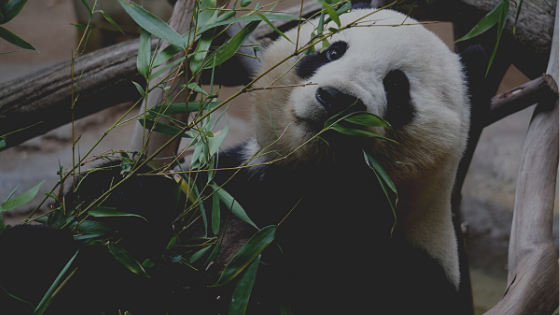Animal species become endangered when populations decrease 50 to 70 percent. The population also may have fewer than 250 adults. Loss of habitat and unhealthy genetics remain the two primary reasons species risk endangerment and extinction. Preventing the loss relies on concentrated efforts by a wide variety of conservationists. Dozens of animal species are listed as critically endangered or endangered as of 2022.
Rhinoceros
Black, Javan, and Sumatran rhinos are all considered critically endangered. A mere 67 Javan rhinos live in a national park on the island of Java. The animals stand up to five feet eight inches in height and have a length of up to 10.5. The rhinos weigh little more than 5,000 pounds and have grey skin and a single horn extending up to 10 inches in length. Multiple skin folds give the rhino the appearance of wearing armor.
Vaquitas
With a length of five feet and a maximum weight of 120 pounds, the Vaquita porpoise is considered one of the smallest marine animals on the planet. Only 30 Vaquita are known to exist in the northern region of the Gulf of Mexico. The animals have a black ring encompassing each eye and curved black lips, making the porpoise appear to smile. The top of the animal is dark gray, which lightens to pale gray on its sides and a white belly.
Mountain Gorillas
Reduction of mountain gorilla populations has occurred secondary to poaching, habitat loss, disease, and human interference. Approximately 600 gorillas continue residing in the Virunga Mountains. They are also found in Uganda, the Democratic Republic of Congo, the Congo Brazzaville, and the Central African Republic. Compared to other ape species, mountain gorillas are furrier. Their coat is also thicker. When standing on two legs, adults may reach five feet six inches. The animals may weigh up to 440 pounds.
African Forest Elephants
The animals reside in the thick rainforests and are typically smaller than their cousins commonly found on the African savanna. The pachyderms stand up to 10 feet in height when fully grown and may weigh up to five tons. A slower reproductive rate also hinders populations from recovering from poaching, habitat loss, and disease. The dense forests in which they live make it difficult to monitor numbers accurately.
